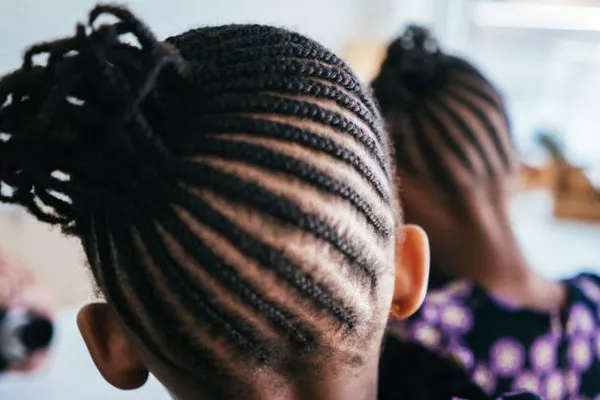Hair braiding is much more than a mere fashion statement; it serves as a powerful symbol of ethnicity, social status, and cultural identity. Throughout history, braids have represented not only personal style but also cultural heritage and resistance. This article delves into the historical and cultural significance of hair braids within Latino communities, examining the fine line between cultural appreciation and appropriation.
Historical Roots of Hair Braids in Latin America
Hair braiding is a universal practice, with roots tracing back to ancient civilizations across the globe, including the Americas. Evidence of braids has been discovered in mummies from Pre-Columbian Peru, such as the famed “Juanita,” indicating that the practice has deep historical roots.
In Latin America, the tradition of hair braiding is rich and diverse, with various indigenous cultures contributing to its evolution. For example, the Maya and Aztec civilizations utilized intricate braiding techniques to signify tribal affiliations and social status. This tradition persists in modern Mexico, Guatemala, and parts of Central America, where braids remain a popular and culturally significant hairstyle.
Similarly, Andean cultures such as the Incas in Peru and Chile have long incorporated braids into their cultural practices. Indigenous groups like the Quechua and Aymara use braids to express identity, honor ancestral connections, and celebrate life’s milestones. In these cultures, braids are not only a stylistic choice but also a meaningful form of communication and cultural expression.
The influence of African heritage also plays a crucial role in the evolution of Latino hair braiding traditions. Following the transatlantic slave trade, African slaves introduced their braiding techniques to Latin America. In 16th-century Colombia, for instance, braids were used to convey covert messages about escape routes and the presence of Spanish troops. African slaves also used braids to carry essential items, such as seeds and grains, aiding their survival and community-building efforts. Today, hair braiding remains a vital aspect of Afro-Colombian cultural identity.
Cultural Appropriation vs. Cultural Appreciation
The debate over whether wearing braids constitutes cultural appropriation is complex and multifaceted. Cultural appropriation involves adopting elements from another culture in a manner that is exploitative or disrespectful. This issue often arises when individuals outside of a culture appropriate symbols or practices without understanding their significance or without respecting their origins.
For Latinas, particularly those of lighter skin or who are white-passing, this question can be particularly challenging. Hair braids hold significant meaning in both Black and Latino cultures. In Latino communities, braids are deeply embedded in cultural heritage and are viewed as a form of personal and cultural expression.
When considering whether wearing braids is an act of cultural appropriation, it is essential to assess the context and intention behind the choice. Simple braids, such as French or fishtail braids, generally do not carry the same cultural weight as more traditional styles like box braids or braids adorned with beads and ribbons. These more elaborate styles are often imbued with historical and cultural significance.
Wearing braids as a form of appreciation or to connect with a culture can be acceptable, provided it is done respectfully and with an understanding of the cultural context. For example, tourists who return from the Caribbean with braided hair may be participating in a cultural exchange that supports local artisans. However, adopting culturally significant braids without acknowledging their origins or meanings can be seen as disrespectful and exploitative.
Embracing Braids as a Symbol of Latino Pride
For Latinas, wearing braids can be a meaningful way to honor cultural heritage and ancestral traditions. The key is to approach this practice with an awareness of its historical and cultural significance. Understanding the origins and symbolism of different braid styles can enhance the connection to one’s cultural roots and foster a deeper appreciation of Latino heritage.
Regardless of whether one chooses to wear braids, learning about their history and sharing this knowledge can strengthen community bonds. By recognizing and respecting the diverse influences on hair braiding—whether African or Indigenous—Latino communities can promote greater awareness and unity. This understanding is crucial, especially in a context where Latino history and contributions are often overlooked in broader historical narratives.


